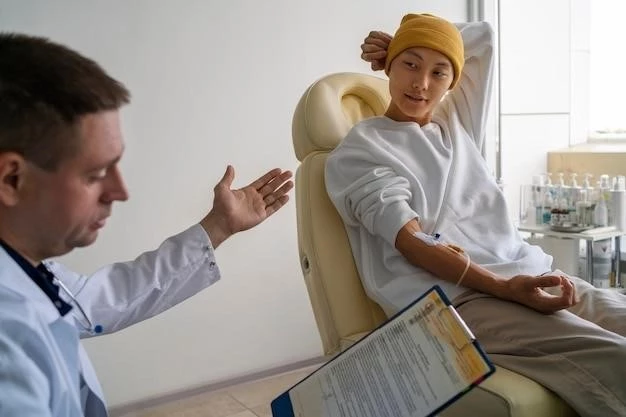Introduction to Progressive Supranuclear Palsy Atypical
Disease⁚ Progressive supranuclear palsy atypical. Progressive supranuclear palsy (PSP) is a rare neurodegenerative disorder characterized by atypical parkinsonism. It presents with distinct symptoms and challenges in diagnosis and management.
Definition and Overview
Progressive supranuclear palsy atypical (PSP) is a rare neurodegenerative disorder, categorized under atypical parkinsonism syndromes. It is characterized by unique symptoms, such as impaired balance, oculomotor abnormalities, and postural instability, challenging both clinicians and patients. The disease progresses differently from typical Parkinson’s, necessitating specialized diagnostic and management approaches.

Characteristics and Symptoms
Atypical Parkinsonism syndromes like Progressive Supranuclear Palsy (PSP) are distinguished by unique symptoms such as impaired balance, oculomotor abnormalities, and distinctive postural instability.
Differentiating Features from Typical Parkinsonism
Progressive Supranuclear Palsy Atypical (PSP) presents unique features compared to typical Parkinsonism, such as distinct oculomotor abnormalities, difficulties with eye movements (especially looking downward), and challenges with balance and postural control. Additionally, poor or limited response to levodopa, a common Parkinson’s treatment, is a hallmark of atypical parkinsonian disorders, including PSP, due to differences in dopamine receptor involvement.
Clinical Presentation
Progressive Supranuclear Palsy Atypical (PSP) manifests with distinct clinical presentations, including impaired eye movements (especially looking downward), challenges in maintaining balance, and postural instability. Patients often exhibit poor or no response to levodopa treatment, a characteristic feature of atypical parkinsonian disorders like PSP.
Diagnosis and Disease Progression
Progressive supranuclear palsy atypical (PSP) poses challenges in diagnosis due to its unique symptoms like impaired eye movements and distinct clinical features. Disease progression varies, typically seen to advance between the third and sixth years.
Diagnostic Challenges
Diagnosing Progressive Supranuclear Palsy Atypical (PSP) can be complex due to its unique symptoms, like impaired eye movements and distinct clinical features different from typical Parkinson’s disease. Differential diagnosis is crucial to differentiate PSP from other neurodegenerative disorders with similar symptoms, requiring specialized expertise and sometimes advanced imaging techniques.
Stages of Progressive Supranuclear Palsy
Progressive Supranuclear Palsy Atypical (PSP) typically progresses over several stages, with advanced stages usually occurring between the third and sixth years post-onset. Understanding the disease’s staging is crucial for appropriate management and care planning for patients with PSP.
Etiology and Risk Factors
Progressive supranuclear palsy atypical (PSP) is a rare neurodegenerative disorder primarily characterized by underlying PSP-tau pathology, contributing to its distinct clinical presentation and challenging management strategies.
Underlying Pathology (PSP-Tau)
Progressive supranuclear palsy atypical (PSP) is characterized by an underlying PSP-tau pathology, distinguishing it from other neurodegenerative diseases. The presence of PSP-tau contributes to the unique clinical presentation and challenges in managing the disease effectively.
Associated Risk Factors
Progressive supranuclear palsy atypical (PSP) may be associated with risks like thiamine deficiency, similar symptoms overlapping with other disorders, and potential complications that impact disease progression and management. Understanding these risk factors is crucial for comprehensive care and treatment strategies.
Treatment Approaches
The treatment of progressive supranuclear palsy atypical (PSP) involves current therapies focusing on managing symptoms and potential research directions aimed at improving patient outcomes and developing more effective management strategies.
Current Therapies and Management Strategies
Current treatment approaches for progressive supranuclear palsy atypical (PSP) focus on managing symptoms through a multidisciplinary care team. These strategies aim to address specific challenges such as impaired balance, oculomotor abnormalities, and postural instability that characterize PSP, while considering the individual needs and disease progression of each patient.
Potential Research Directions
Research on progressive supranuclear palsy atypical (PSP) aims to explore innovative approaches to symptom management, potential disease-modifying treatments, and novel diagnostic tools to enhance early detection and personalized care for patients with PSP.

Relationship to Other Neurological Disorders
Progressive supranuclear palsy atypical (PSP) shares similarities and differences with neurological conditions like multiple system atrophy and corticobasal syndrome, highlighting the importance of accurate diagnosis and tailored management approaches.
Comparison with Multiple System Atrophy and Corticobasal Syndrome
Progressive supranuclear palsy atypical (PSP) differs from multiple system atrophy and corticobasal syndrome, both in terms of clinical presentation and underlying pathology, necessitating specific diagnostic and management approaches for each disorder.
Overlapping Features with Parkinson’s Disease
Although progressive supranuclear palsy atypical (PSP) and Parkinson’s disease share some overlapping features like postural instability and oculomotor abnormalities, they can be differentiated by unique clinical characteristics and treatment responses.
